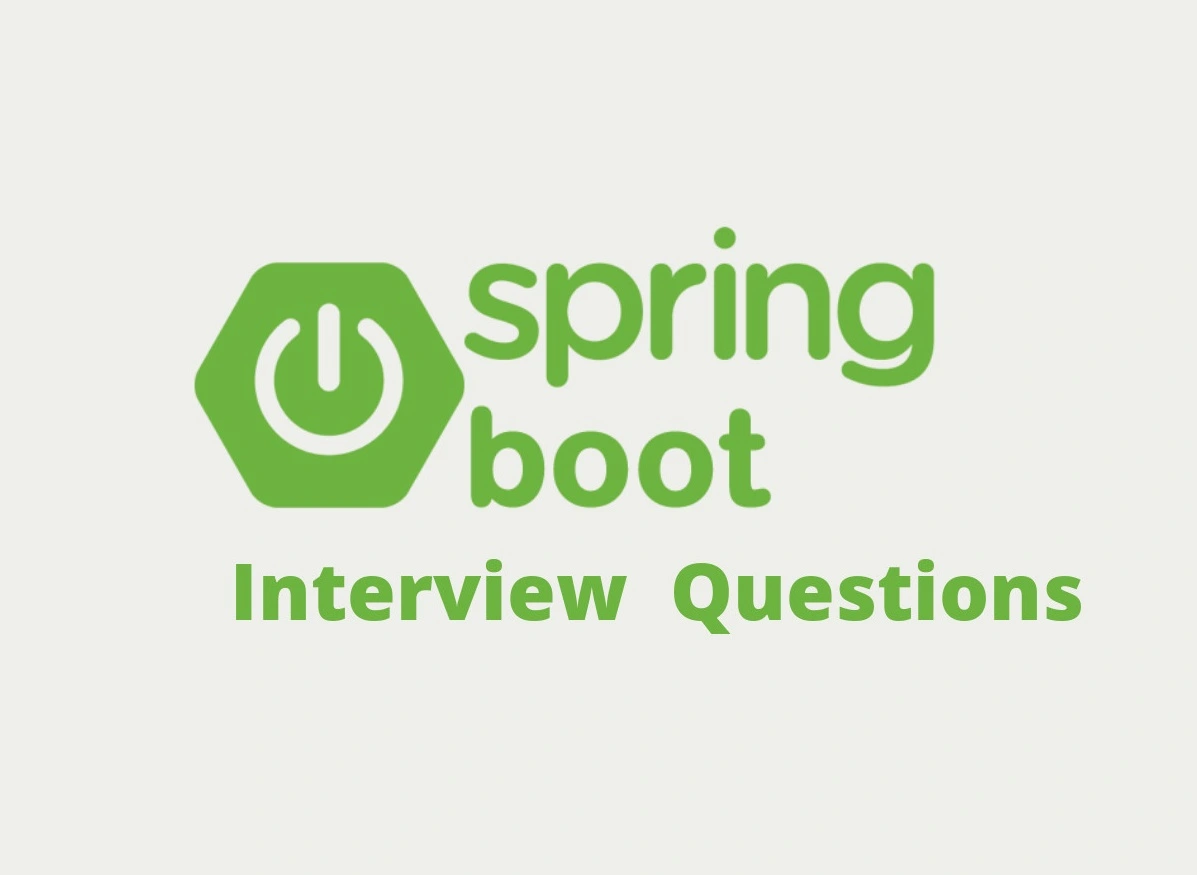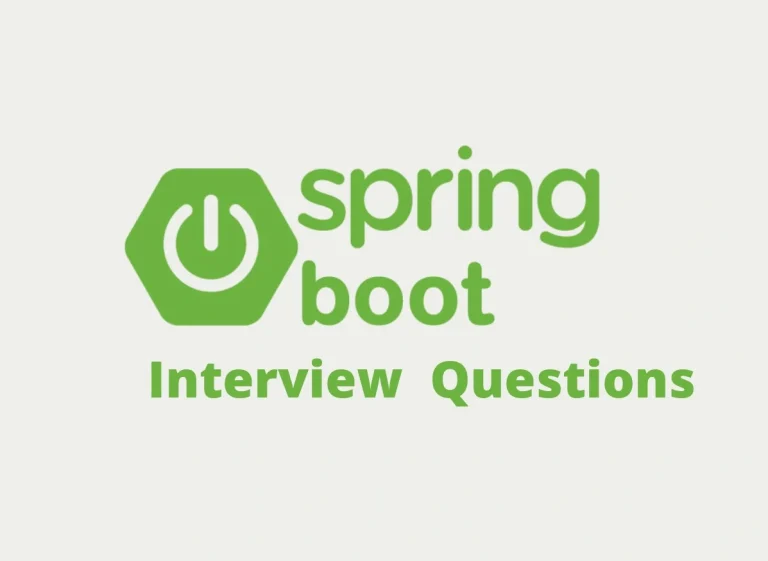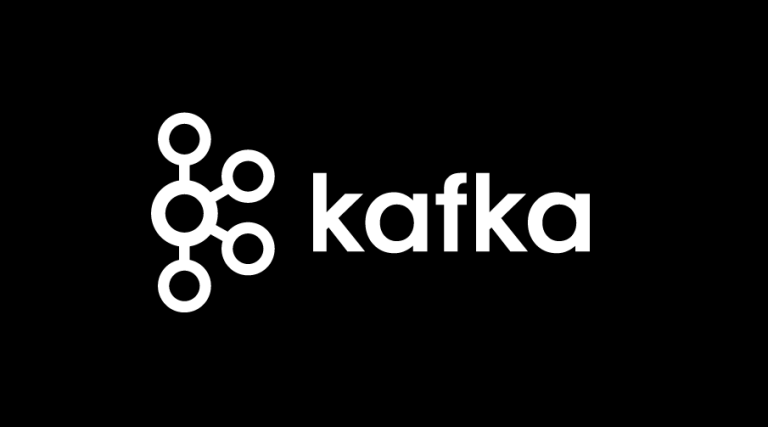Top 10 Spring Kafka Interview Questions (With Real Use Cases)
Spring Kafka, an integration point between Spring applications and Apache Kafka, has emerged as a robust solution for implementing event-driven systems and processing real-time data streams. Understanding its core concepts and features is essential for developers building high-performance distributed systems.
This blog covers 10 frequently asked Spring Kafka interview questions, providing technical explanations, real-world applications, and practical examples to prepare you for your next interview.
Table of Contents
- How Does Spring Kafka Integrate with Apache Kafka?
- What is @KafkaListener and How Does It Work?
- Difference Between Manual and Auto-Acknowledgment
- How to Configure Kafka Consumer Concurrency?
- Retry Mechanism in Spring Kafka
- Handling Dead-Letter Topics
- Kafka Producer vs Consumer Configuration
- Schema Evolution Using Avro
- Unit Testing Kafka Listeners
- Kafka in Microservices Communication Pattern
1. How Does Spring Kafka Integrate with Apache Kafka?
Spring Kafka simplifies integration with Apache Kafka by providing abstractions and configuring Kafka producers/consumers using Spring’s dependency injection and templates.
Key Features:
- KafkaTemplate for sending messages to Kafka topics.
- Seamless integration with Spring’s
@Configurationand@Beanannotations to define consumers and producers. - Built-in support for listener containers to receive and process messages.
Example:
@Configuration
public class KafkaConfig {
@Bean
public KafkaTemplate<String, String> kafkaTemplate(ProducerFactory<String, String> factory) {
return new KafkaTemplate<>(factory);
}
}
Pro Tip: Utilize @EnableKafka in your configuration class to enable Kafka-related annotations.
Learn more about Spring Kafka integration
2. What is @KafkaListener and How Does It Work?
The @KafkaListener annotation simplifies message consumption by automatically binding to specified Kafka topics and handling events.
Key Details:
- Configures the topic name and optional partition.
- Supports features like filtering and message acknowledgment.
Example:
@KafkaListener(topics = "example-topic", groupId = "example-group")
public void listen(String message) {
System.out.println("Received message: " + message);
}
Use Case: Automatically receive messages in event-driven microservices.
3. Difference Between Manual and Auto-Acknowledgment
Acknowledgment modes determine how processed messages are committed back to Kafka.
| Acknowledgment Mode | Description | Use Case |
|————————–|—————————————————-|———————————–|
| Auto | Kafka auto-commits offsets after message processing.| Simplifies basic use cases. |
| Manual | Requires developers to commit offsets explicitly. | Offers precise control over commits. |
Example of Manual Acknowledgment:
@KafkaListener(topics = "example", containerFactory = "manualAckFactory")
public void listen(String message, Acknowledgment ack) {
// Process the message
ack.acknowledge(); // Commit manually
}
Explore Kafka offset management modes
4. How to Configure Kafka Consumer Concurrency?
Adjusting concurrency is essential when multiple consumers process messages in parallel for scalability. Spring Kafka allows you to set multiple consumer threads.
Example:
@Configuration
public class KafkaConsumerConfig {
@Bean
public ConcurrentKafkaListenerContainerFactory<String, String> kafkaListenerContainerFactory() {
ConcurrentKafkaListenerContainerFactory<String, String> factory = new ConcurrentKafkaListenerContainerFactory<>();
factory.setConcurrency(3); // Three consumer threads
return factory;
}
}
Pro Tip: Ensure that the number of partitions is greater than or equal to the concurrency count for optimal performance.
Concurrency in Kafka consumers
5. Retry Mechanism in Spring Kafka
Retries are crucial for gracefully handling transient failures during message processing. Spring Kafka integrates retry logic with Spring Retry.
Example Configuration:
@Configuration
public class RetryConfig {
@Bean
public RetryTemplate retryTemplate() {
RetryTemplate template = new RetryTemplate();
SimpleRetryPolicy policy = new SimpleRetryPolicy(3); // Retry up to 3 times
template.setRetryPolicy(policy);
return template;
}
}
Retries should be used in conjunction with dead-letter topics to handle persistent failures.
6. Handling Dead-Letter Topics
Dead-letter topics capture messages that fail after reaching the retry limit, allowing for later analysis.
Kafka Configuration:
@Bean
public DeadLetterPublishingRecoverer recoverer(KafkaTemplate<String, String> template) {
return new DeadLetterPublishingRecoverer(template);
}
Pro Tip: Use dead-letter topics for audit logging and debugging.
Learn about dead-letter queues in Kafka
7. Kafka Producer vs Consumer Configuration
Producer Configuration:
Map<String, Object> producerProps = new HashMap<>(); producerProps.put(ProducerConfig.BOOTSTRAP_SERVERS_CONFIG, "localhost:9092"); producerProps.put(ProducerConfig.KEY_SERIALIZER_CLASS_CONFIG, StringSerializer.class);
Consumer Configuration:
Map<String, Object> consumerProps = new HashMap<>(); consumerProps.put(ConsumerConfig.BOOTSTRAP_SERVERS_CONFIG, "localhost:9092"); consumerProps.put(ConsumerConfig.GROUP_ID_CONFIG, "group_id");
Pro Tip: Set enable.auto.commit carefully based on acknowledgment requirements.
Read more on producer and consumer settings here.
8. Schema Evolution Using Avro
Schema Registry ensures compatibility between evolving schemas and Kafka events.
Example with Avro:
@Bean
public KafkaAvroDeserializer serializer() {
return new KafkaAvroDeserializer();
}
Use Case: Updating data models while preserving backward compatibility.
Explore Apache Avro and Schema Registry
9. Unit Testing Kafka Listeners
Spring Kafka’s EmbeddedKafka enables testing with in-memory Kafka clusters.
Example Test:
@SpringBootTest
@EmbeddedKafka(partitions = 1, topics = { "test-topic" })
public class KafkaListenerTest {
@Autowired
private KafkaTemplate<String, String> kafkaTemplate;
@Test
public void testKafkaListener() {
kafkaTemplate.send("test-topic", "test-message");
// Add assertions
}
}
Pro Tip: Testing Kafka listeners ensures robust event-driven systems.
10. Kafka in Microservices Communication Pattern
Kafka simplifies communication and data exchange between distributed services by acting as a high-throughput event broker.
Common Patterns:
- Request-Reply: Implement back-and-forth communication.
- Event Sourcing: Persist changes as immutable events.
Pro Tip: Use Kafka Streams to transform data across microservices.
Learn about Kafka patterns in microservices
FAQs
What is the default serialization format in Kafka?
Kafka uses StringSerializer and ByteArraySerializer by default.
How does concurrency affect consumers in Kafka?
Concurrency allows multiple threads to process partitions independently but requires sufficient partitions for proper scaling.
Why use dead-letter topics?
To capture and debug failed messages after retry attempts.
Summary
Spring Kafka bridges the gap between event-driven architectures and enterprise-level Java applications. Mastering Spring Kafka concepts, such as message acknowledgment, retry logic, dead-letter policies, and Avro schemas, is essential for building scalable, resilient systems. Equipped with the answers and examples in this guide, you’re now better prepared to tackle Spring Kafka interview questions and confidently implement Kafka features in real-world applications.
Continue exploring Spring Kafka to unlock its full potential!



